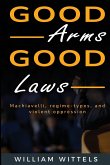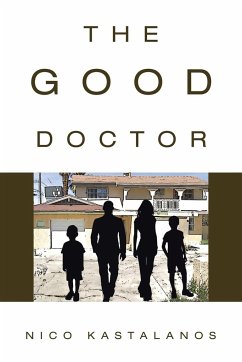In order to understand what counts as a moral transgression, one must understand what content delineates immoral acts from acts that are merely bad or undesirable (Machery 2008). How can we tell what counts as a violation of a moral norm as opposed to a violation of etiquette or of a prudential norm? Implicitly it is easy, as even by 3 or 4 years of age, young children acquire this capacity and can actively differentiate between conventional and moral transgressions (Nucci and Turiel 1978; Nucci 2001; Tisak and Turiel 1984; Turiel 1977; Turiel 1983; Smetana 2006). However, researchers have struggled to make such delineations systematically. Early research in moral development understood the moral domain around a singular concept of justice (Kohlberg 1973; Haidt 2001; Kohlberg 1971; Kohlberg and Hersh 1977). However, this proved to be insufficient on its own, both because it was vaguely defined and also because it le¿¿¿¿ out other important aspects like care in interpersonal relationships (Gilligan 1994) and the cultural and religious norms that surround moral judgement but which are not easily understood in terms of justice (Damon 1999; Graham et al. 2018; Graham et al. 2011; Haidt and Joseph 2008).








